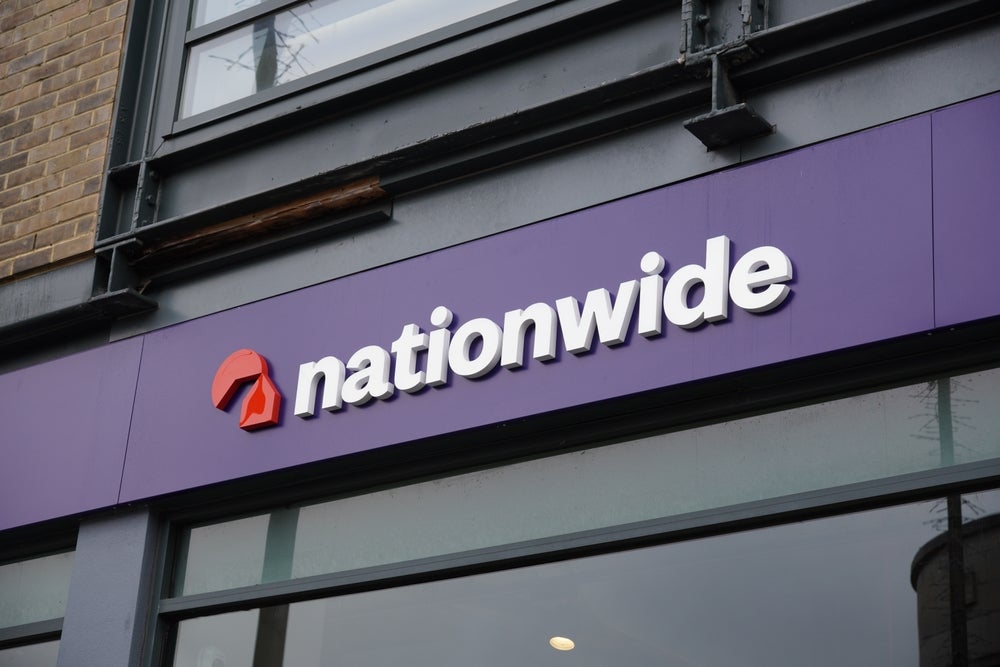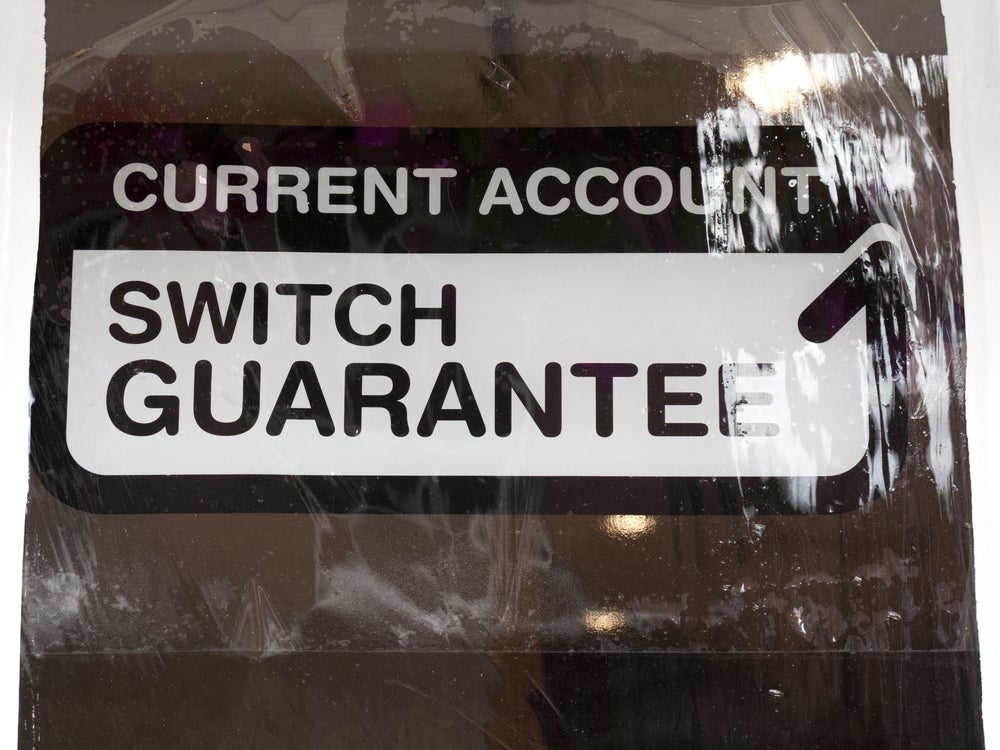Almost a year into the account switching guarantee service promising to switch your account hassle free in 7 days or less, the number of accounts being switched is still rising, although perhaps not much more than it would have done without the service. Billy Bambrough examines the latest stats from TNS
Santander has remained at the top of the UK account switching rankings with NatWest and HSBC losing ground, according to the TNS Current Account Switching Index (CASI).
The index was launched at the same time as Switch, a government initiative to give bank and building society customers reassurance that switching their accounts would be done hassle free.
In each month since then, Santander has attracted more switchers than it has lost: in April it took in 23% of all those switching their accounts, while losing 8% for a net gain of 15%, up by two thirds from a net gain of 9% in the first month of Switch.
The stats suggest the Spanish headquartered bank is finally moving away from a reputation of poor service and dated IT that has plagued it since its takeover of Abbey (2004) and Alliance & Leicester (2008).
According to a TNS survey the drivers for joining Santander continue to be rewards for one in three customers.
How well do you really know your competitors?
Access the most comprehensive Company Profiles on the market, powered by GlobalData. Save hours of research. Gain competitive edge.

Thank you!
Your download email will arrive shortly
Not ready to buy yet? Download a free sample
We are confident about the unique quality of our Company Profiles. However, we want you to make the most beneficial decision for your business, so we offer a free sample that you can download by submitting the below form
By GlobalDataHowever whilst credit interest rates were a reason for one in two customers choosing Santander, they were a reason for one in three customers leaving them – a possible reflection of the ‘promise’ being greater than the reality.
Steve Pateman, head of UK banking at Santander, said: "We’ve been working hard to make improvements and introduced new enhancements throughout 2013 to deliver a better customer experience.
"Recent current account switching data and satisfaction surveys demonstrate that we’re on the right track, but we recognise we have more to do and will continue to focus on delivering great service to all of our customers."
The April survey also found that awareness of the current account switch guarantee has stabilised at 60%, being highest among men (64%), the over-45s (69%) and ABC1s (66%). Regionally it is highest in the South West (69%) and lowest in London (48%).
Among the traditional high street banks, both HSBC and NatWest recorded a 10% net loss in April: each attracted 2% of switchers and lost 12%.
HSBC has recorded net losses in each month since Switch began, and NatWest in every month bar one.
Customer service, which continues to be the main reason for customers switching out of their banks, was given as the main reason by one in three of those who switched out of HSBC.
Barclays, by contrast, has seen its position stabilise with very small net losses or none at all over the period. One in three of those joining Barclays gave reputation as their main reason, the same score as Nationwide.
Given the recent history of the banking sector, reputation has in general been a negative factor for the traditional high street banks.
Maureen Duffy, CEO of TNS UK said: "These figures indicate that consumers who are switching continue to look beyond the ‘traditional High Street banks’, focusing instead on the individual bank offering. Barclays’ current account strategy is at least sustaining their position whereas HSBC and NatWest may need to find new approaches to prevent further erosion of market share."
The overall switching level remains at 4% and continues to have a male and younger bias.






